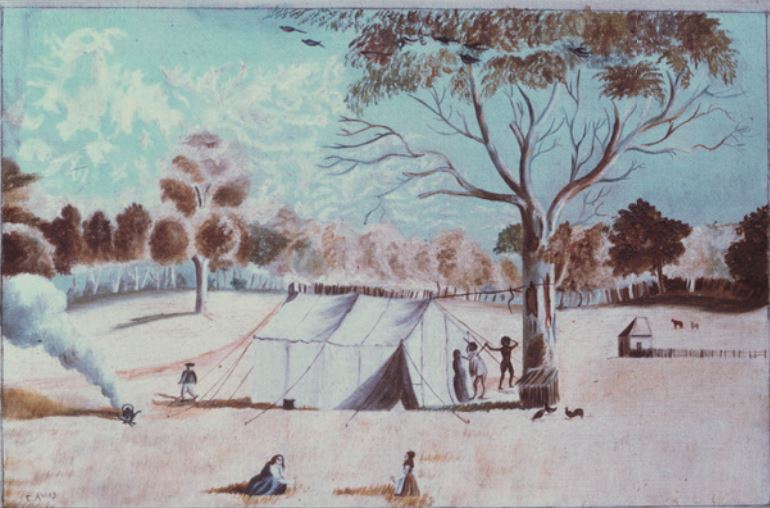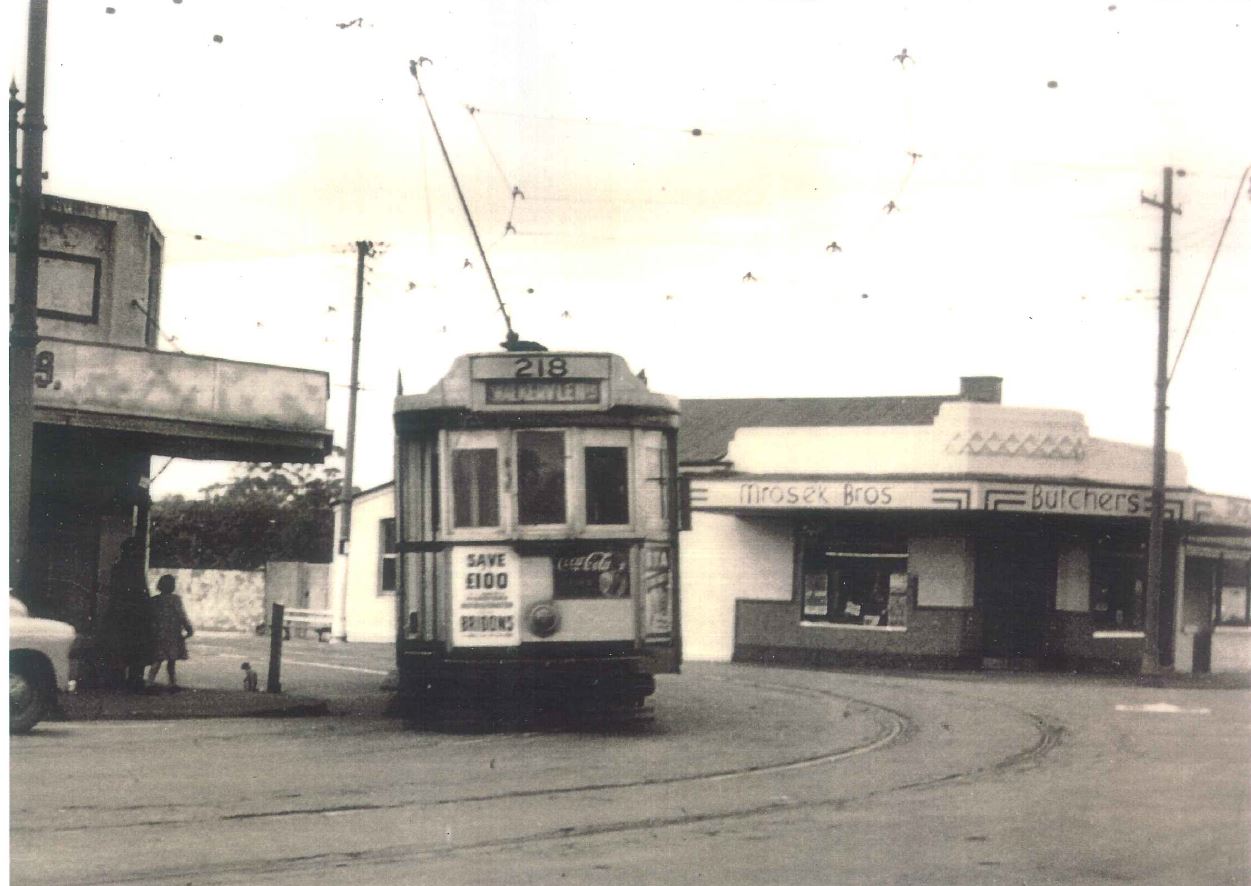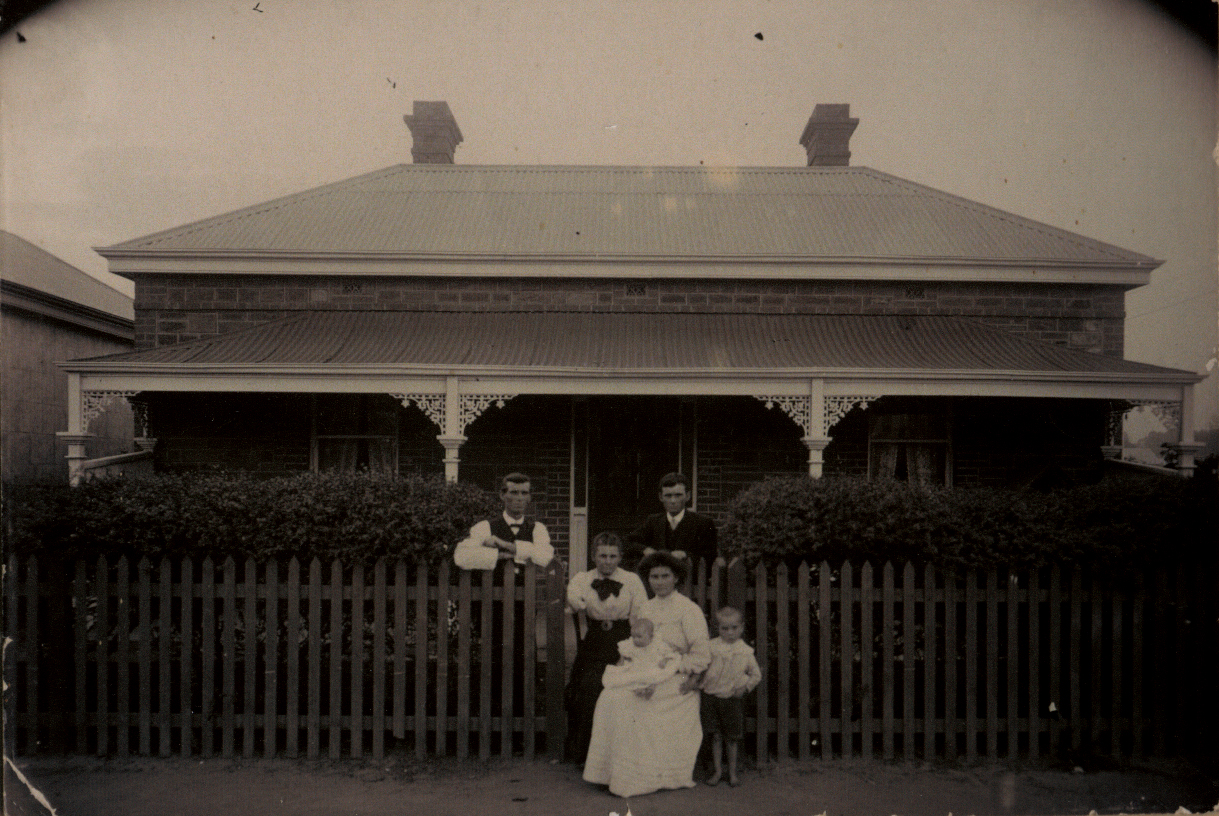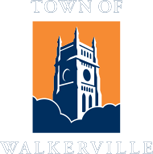Walkerville Terrace
Walkerville

Walkerville Terrace was quick to become the heart of the district, with transport options and new shopfronts being built surrounding this strip in the 1880s.
By 1881, there was an omnibus service through Walkerville and the tramway was opened by 1882. The horse tram service from Adelaide to Smith Street operated from 1882 and the electric tram service, which replaced the horse tram service system, developed after 1909. In 1909, significant roadway changes took place and the terraces were named at that time – Nottage Terrace, Northcote Terrace and Park Terrace.
By the 1880s, Walkerville also had in place gas lighting for the streets, sanitation services and deep drainage. The River Torrens served as a barrier between Walkerville and Payneham and public facilities were developed, such as a swing bridge across the river into St Peters, constructed c1920.
The main activity on the river was the development of breweries and by 1890, one of the 1860s breweries was developed into the Walkerville Brewing Company. However, by the late 1890s, the Walkerville Brewing Company had merged with the Torrens Side Brewery and operations were moved to Southwark. Brewing on the Torrens made use of the water source, but also resulted in discharge of effluent back into the river.

The main reflection of the development of the district was the growth of Walkerville Terrace as a community service centre and commercial and retail strip. Small shops and attached dwellings were constructed along this main street, particularly between Stephen Terrace and the blocks to the west. The commercial centre along Walkerville Terrace developed early to serve the needs of nearby residents with small shops, typically with verandahs, often with the front rooms of the residences behind. Meanwhile, St Andrew’s School and its associated buildings reflect the ‘parish’ quality of much of the Town.
With the growth of the Walkerville village itself, it was extended through to Lansdowne Terrace in 1900.
Later, main roads across the Torrens at Stephen Terrace, Ascot Avenue/Lower Portrush Road and OG Road also assisted in linking Walkerville with the suburbs south of the river. In 1980, the development and installation of the O-Bahn busway system affected the southern sections of Gilberton close to the river.
The geography of the Township was a large determinant of house styles and sizes – the “lower” areas of Gilberton near the river retained early simple workers cottages to provide accommodation for the workers involved in the limited range of commercial and industrial activities in this vicinity. The “upper” areas of the north section of Gilberton and Medindie became the location of the grand mansions and large houses on substantial garden allotments. This physical character has been retained and forms the basis of the built heritage of Walkerville.
The original purpose-built post office was on the corner of Church Terrace and Stephen Terrace, opposite Walkerville Primary School, but was later relocated to Walkerville Terrace. Three banks were also established along this street.

Walkerville currently has no significant industrial base, but early industries included brickworks along the river and an abattoir located at the river end of Fuller Street, which impinged on the health of residents. The slaughter yards remained active until well into the twentieth century.
More recently, the development of some service industries along Walkerville Terrace has occurred, including normal retail facilities such as chemist stores, florists and offices for professional service providers such as accountants and lawyers.
The Town of Walkerville is essentially a group of residential suburbs clustered around the core of the village of Walkerville Terrace, on the eastern edge of the City of Adelaide, separated from the square mile of the city south by a belt of parklands and gardens. As such it has developed in parallel with the city but with a greater emphasis on residential growth and the provision of services for immediate residents.
Walkerville Terrace remains the heart of the Township and provides a range of mixed-use services, including retail, medical and accommodation.
